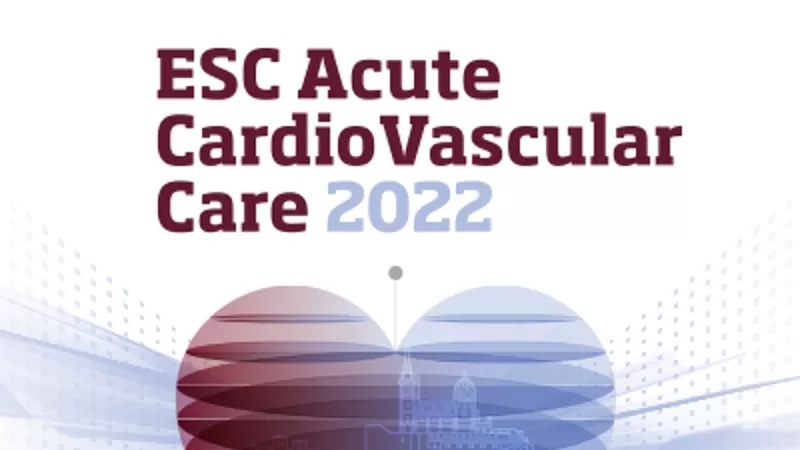
As a result of being less likely than men to receive life-saving treatment when experiencing cardiogenic shock, women were significantly less likely to survive in the short and long term.
Only half of patients who experience cardiogenic shock survive, and women are less likely than men to receive life-saving treatment, according to new research presented at the European Society of Cardiology’s Acute CardioVascular Care 2022.
Cardiogenic shock is usually caused by a large heart attack and is a life-threatening condition in which the heart does not pump enough blood to supply enough oxygen to the body’s organs.
The researchers looked at differences in treatment and survival of men and women with heart attack and cardiogenic shock. The study included all adults admitted between 2010 and 2017 to 2 highly specialized centers providing care for cardiogenic shock. The centers served two-thirds of the Danish population.
A total of 1716 patients with myocardial infarction and cardiogenic shock were included in the study. A quarter (26%) of the participants were women, who had an average age of 71 years compared to 66 years for men. Follow-up data were extracted from medical records and the Danish National Patient Registry.
Hypertension and chronic obstructive pulmonary disease were more common among women; Otherwise, patient characteristics between men and women were similar.
At the time of cardiogenic shock, women and men had comparable blood pressure (mean: 82 mm Hg for both), heart rate (mean: 88 bpm for women vs. 85 bpm for men), p-lactate (median: 5.2 mM for women). vs 5.5 mM for men), and left ventricular ejection fraction (median: 30% for both).
"Women and men in our study had similar clinical characteristics when they developed cardiogenic shock after a heart attack," study author Dr. Sarah Holle, of Copenhagen University Hospital, Rigshospitalet, Denmark, said in a statement. . “This was a retrospective study, so it is difficult to know why doctors made certain treatment decisions. But the findings indicate that greater awareness among health professionals that women have heart attacks and can develop cardiogenic shock could be a step toward equitable management and outcomes.”
According to the research, women were more likely to be initially admitted to a local hospital (41% vs. 30% of men) and more men had cardiac arrest outside of hospital (48% vs. 25% of women).
Holle pointed to growing evidence that nonspecific symptoms , such as shortness of breath, nausea, fatigue and pain in the back, jaw or neck, are more common among women experiencing acute heart problems compared to men. These nonspecific symptoms may explain why women were more likely to be initially admitted to a local hospital than to a specialized hospital.
Regarding treatment and outcomes , the researchers found:
|
“Treatment guidelines are based on studies that primarily enrolled men,” Holle said. "More research is needed to determine whether women and men with cardiogenic shock could benefit from different interventions."
The findings echo similar results from previous research funded by the British Heart Foundation, which found that even when women were given a test that increased their rates of being diagnosed with a heart attack, they were still half as likely as men. men from receiving recommended treatments.
Reference:
Holle S, Josiassen J, Helgestad OKL, et al. Sex differences in treatment and outcome of patients with cardiogenic shock complicating acute myocardial infarction. Presented at: ESC Acute CardioVascular Care 2022; virtual.
















